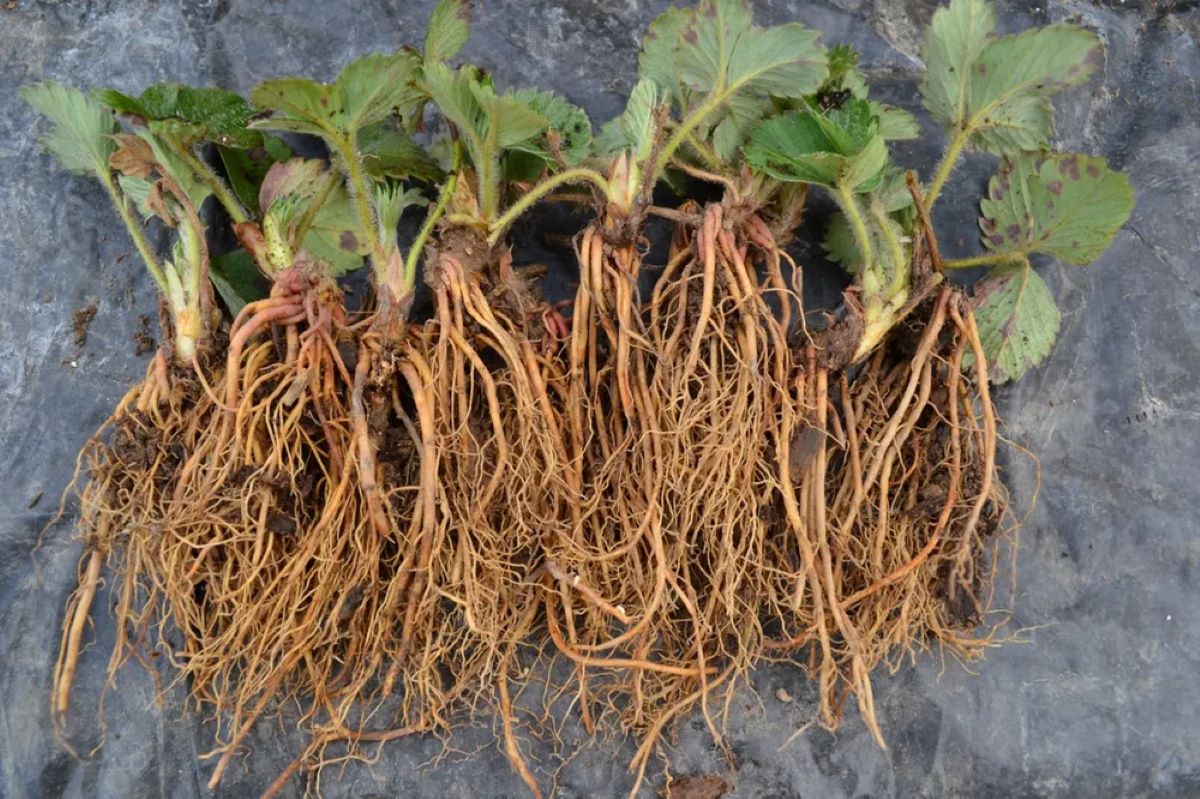

Articles
How To Store Bare Root Plants Before Planting
Modified: August 30, 2024
Learn how to properly store bare root plants before planting with this informative article. Find step-by-step instructions and tips to ensure success.
(Many of the links in this article redirect to a specific reviewed product. Your purchase of these products through affiliate links helps to generate commission for Storables.com, at no extra cost. Learn more)
Introduction
When it comes to planting and nurturing plants, many people opt for bare root plants. These plants are a popular choice because they are cost-effective, easy to handle, and have a higher chance of survival compared to plants grown in containers. However, before you can transplant them into your garden or landscape, it is crucial to properly store them to ensure their health and vitality.
This article will guide you through the process of storing bare root plants before planting. We will explore the reasons why storage is necessary, the steps to prepare the storage area, and tips for monitoring and maintaining the ideal storage conditions. By following these guidelines, you can ensure that your bare root plants remain healthy and vibrant until they are ready to be planted.
Key Takeaways:
- Proper storage of bare root plants is crucial to protect their delicate root systems, allow for acclimation, and provide flexibility in timing, ensuring their health and vitality for successful transplantation.
- Choosing the ideal storage location, preparing the storage area, and monitoring the storage conditions are essential steps for successful bare root plant storage, maximizing their chances of survival and successful growth.
Read more: How To Store Bare Root Plants Over Winter
Why Bare Root Plants Need to Be Stored Before Planting
Bare root plants are typically sold and shipped during dormant seasons when they have shed their leaves and are in a state of rest. During this dormancy period, the plants are not actively growing, making them more resilient to transplantation. However, they still require proper storage before planting to maintain their health and improve their chances of survival.
One of the main reasons bare root plants need to be stored is to protect their delicate root systems. When these plants are dug up from the ground or harvested from a nursery, their roots are exposed. Storing them in the correct conditions helps protect the roots from drying out, preventing desiccation and potential damage.
Another reason for storing bare root plants is to allow for proper acclimation. While in storage, the plants can adjust to their new surroundings, gradually awakening from their dormant state and preparing for transplantation. This process helps them adapt to the new soil and climate conditions, reducing the risk of transplant shock.
Additionally, storing bare root plants before planting offers flexibility in terms of timing. If you are not ready to plant them immediately, proper storage allows you to hold them until you are prepared. This can be advantageous, especially if you need to wait for favorable weather conditions or if you have other gardening projects that need completion before planting.
In summary, storing bare root plants before planting is essential to protect their delicate root systems, allow for acclimation, and provide flexibility in timing. By taking the time to store them properly, you can improve their chances of survival, ensuring that they thrive once transplanted into their final growing location.
Choosing the Ideal Storage Location
When it comes to storing bare root plants, choosing the right location is crucial for their well-being. The ideal storage location should provide the necessary conditions for the plants to remain dormant and protected until they are ready to be planted. Here are some factors to consider when selecting the storage area:
- Temperature: The storage location should have a cool and consistent temperature. Ideally, it should be between 32-40 degrees Fahrenheit (0-4 degrees Celsius). This temperature range helps keep the plants dormant while preventing freezing or excessively warm conditions that could trigger premature growth.
- Humidity: It is important to have a storage area with high humidity or provide means to maintain humidity levels. This prevents the roots from drying out and helps retain moisture. One way to achieve this is by placing the plants in plastic bags or wrapping the roots in damp newspaper or burlap.
- Air Circulation: Adequate air circulation is essential to prevent the buildup of excess moisture and to discourage the growth of mold or rot. Make sure the storage location has some ventilation, but be cautious not to expose the plants to direct drafts or overly dry air.
- Light Exposure: Bare root plants require darkness to stay dormant and avoid premature growth. Therefore, choose a storage area that is away from direct sunlight or bright artificial lights. This will help maintain the plants’ dormancy and prevent them from using up valuable energy reserves.
- Protection from Pests: To ensure the safety of your bare root plants, select a storage location that is free from pests, such as rodents or insects. Pest infestations can cause significant damage to the plants, compromising their health and viability.
Take the time to assess your options and find the most suitable storage location for your bare root plants. A cool, consistently temperature-controlled area with high humidity, adequate air circulation, protection from light exposure, and a pest-free environment will provide the optimal conditions for successful storage before planting.
Preparing the Storage Area
Before you store your bare root plants, it is important to properly prepare the storage area to create an environment that promotes their dormancy and maintains their health. Here are the steps to follow when preparing the storage area:
- Clean and Disinfect: Start by cleaning and disinfecting the storage area to remove any dirt, dust, or potential contaminants. Sweep or vacuum the area, and wipe down any surfaces with a mild disinfectant solution to minimize the risk of disease or pests.
- Organize and Label: Arrange the storage area in an organized manner, ensuring that there is enough space to accommodate your bare root plants. Use shelves, crates, or containers to keep the plants separate and avoid any potential damage or entanglement of roots. Label each plant with its respective name and variety to easily identify them later.
- Prepare Moisture Retention: Bare root plants require adequate moisture to remain healthy during storage. Prepare damp materials such as newspaper, burlap, or moss to help retain moisture around the roots. Place these materials around the roots or wrap the roots gently to prevent them from drying out. Be cautious not to wrap them too tightly, as this can impede air circulation.
- Create Air Circulation: Ensure that there is proper air circulation in the storage area to prevent the accumulation of excess moisture and the growth of mold or mildew. If the storage space lacks natural ventilation, consider using a small fan or opening windows periodically to allow fresh air to circulate.
- Monitor Temperature and Humidity: Install a thermometer and hygrometer in the storage area to regularly monitor the temperature and humidity levels. This will help you maintain the ideal conditions for the dormancy of the plants. Adjust the temperature and humidity as needed to ensure their well-being.
- Keep Pests Away: Take preventive measures to keep pests away from the storage area. Seal any cracks or openings, and consider using natural pest deterrents such as cloves or cedar chips. Regularly inspect the storage area for any signs of pests and take immediate action if an infestation is detected.
By following these steps, you can create a well-prepared storage area that provides the necessary conditions for the healthy storage of your bare root plants. This prepares them to remain dormant and protected until they are ready to be planted, ensuring their successful growth and development in the future.
How to Store Bare Root Plants Step by Step
Storing bare root plants properly is crucial to ensure their health and vitality until they are ready to be planted. Here is a step-by-step guide on how to store bare root plants:
- Inspect the Plants: Before storing, carefully inspect each bare root plant for any signs of damage or disease. Trim off any damaged or dead roots and remove any soil or debris attached to the roots.
- Prepare Moisture Retention: Prepare damp materials such as newspaper, burlap, or moss to help retain moisture around the roots. Gently wrap the roots or place these materials around them to prevent them from drying out.
- Organize and Label: Arrange the plants in an organized manner, making sure they are not touching each other to prevent entanglement. Use shelves, crates, or containers to keep them separate and label each plant with its name and variety.
- Choose the Storage Location: Select a cool and consistent temperature-controlled storage location with high humidity and proper air circulation. Ensure that the storage area is protected from light exposure and pests.
- Place the Plants in Storage: Carefully place the wrapped or protected bare root plants in the storage area, making sure they are secure and will not shift or tip over. Avoid cramming too many plants together, as this can restrict air circulation and increase the risk of damage.
- Monitor Temperature and Humidity: Regularly check and monitor the temperature and humidity levels in the storage area. Use a thermometer and hygrometer to ensure that the conditions remain within the recommended range for the dormancy of the plants.
- Inspect Regularly: Periodically inspect the stored plants for any signs of deterioration, mold, or disease. Remove any damaged or diseased plants immediately to prevent the spread of infection and potential harm to other plants.
- Adjust Conditions as Needed: Make necessary adjustments to the temperature, humidity, and air circulation in the storage area as needed. This will help ensure that the plants remain in a dormant state and are protected from unfavorable conditions.
- Prepare for Planting: When you are ready to plant, carefully remove the plants from storage, unwrapping or removing the protective materials around the roots. Soak the roots in water for a few hours before planting to rehydrate them and prepare them for transplanting.
Following these step-by-step instructions will help you store your bare root plants properly, maintaining their health and allowing for successful transplantation in the future. By providing the ideal storage conditions, you are giving your plants the best chance at thriving once they are planted.
Store bare root plants in a cool, dark place to prevent them from drying out before planting. Keep the roots moist by wrapping them in damp paper towels or storing them in damp peat moss. Avoid exposing them to freezing temperatures.
Read more: How To Store Bare Root Strawberries
Monitoring the Storage Conditions
Monitoring the storage conditions of your bare root plants is essential to ensure that they remain in a dormant state and maintain their vitality until they are ready to be planted. Here are key aspects to monitor:
- Temperature: Use a thermometer to regularly check the temperature in the storage area. Ensure that it remains within the recommended range of 32-40 degrees Fahrenheit (0-4 degrees Celsius). Fluctuations or extremes in temperature can disrupt the plants’ dormancy and affect their overall health.
- Humidity: Regularly assess the humidity levels in the storage area using a hygrometer. Aim for a high humidity environment to prevent the roots from drying out. If the humidity drops, you can increase it by misting the storage area or using humidifiers.
- Air Circulation: Check that there is adequate air circulation in the storage area. Stagnant air can contribute to the development of mold or disease. If necessary, use fans or open windows periodically to ensure fresh air movement without exposing the plants to drafts or extreme temperature changes.
- Light Exposure: Ensure that the storage area remains dark. Bare root plants require darkness to remain dormant. Limit the exposure to bright artificial lights or sunlight, as this can induce premature growth and deplete the plants’ energy reserves.
- Pest Infestation: Regularly inspect the storage area for any signs of pests such as rodents or insects. Look for chew marks, droppings, or any indications of infestation. If pests are detected, take immediate action to eliminate them and protect the plants.
- Moisture Levels: Regularly check the moisture levels around the roots of the bare root plants. They should remain damp but not overly wet. Avoid waterlogged conditions, as this can lead to rot or fungal diseases. Adjust the moisture levels as needed by adding or removing damp materials around the roots.
By monitoring these key storage conditions regularly, you can ensure that your bare root plants remain in optimal health and dormant state. Making adjustments and addressing any issues promptly will help maximize their chances of survival and successful growth when it’s time for planting.
Signs of Poor Storage
Proper storage is crucial for the health and vitality of bare root plants. However, if the storage conditions are not ideal, certain signs may indicate that the storage process is inadequate. Here are key signs that can indicate poor storage:
- Drying or Shrinking Roots: If the roots of the bare root plants appear dry, shriveled, or discolored, it is a sign that they are not receiving sufficient moisture during storage. Dry roots indicate a lack of adequate humidity or moisture retention, which can lead to dehydration and potential damage to the plants.
- Mold or Fungal Growth: Excessive moisture or poor air circulation in the storage area can promote the growth of mold or fungus on the plants. If you notice fuzzy white, black, or green patches on the roots or foliage, it is a sign of fungal growth. This can compromise the health of the plants and increase the risk of disease.
- Yellowing or Wilting Foliage: If the leaves of the bare root plants start to yellow, wilt, or show signs of stress, it may indicate inadequate storage conditions. This can be a result of temperature fluctuations, excessive moisture, or lack of proper air circulation. Yellowing or wilting foliage signifies that the plants are not in an ideal dormant state.
- Mushy or Rotting Roots: Poor storage conditions can contribute to root rot or decay. If the roots of the bare root plants feel mushy, slimy, or emit a foul odor, it is a clear sign of rot. This can be caused by excessive moisture, waterlogging, or the presence of pathogens in the storage environment.
- Pest Infestation: While storing the plants, if you notice signs of pest activity such as holes in the leaves, chew marks, or insect droppings, it indicates a pest infestation. Pests can cause significant damage to the plants during storage, weakening their overall health and ability to thrive after planting.
- Evidence of Disease: Poor storage conditions can create a favorable environment for the development and spread of diseases. If you observe the presence of any unusual spots, lesions, or discoloration on the foliage or roots, it may indicate the onset of a disease. Prompt action is necessary to prevent it from spreading and affecting other plants.
If you observe any of these signs during the storage period, it is important to address the issues promptly. Take necessary measures such as improving humidity levels, adjusting temperature, increasing air circulation, or treating pests or diseases. By addressing these problems, you can improve the chances of successful growth and development of your bare root plants.
Tips for Successful Bare Root Plant Storage
Proper storage is crucial for the health and viability of bare root plants. To ensure successful storage and optimal conditions for your plants, consider the following tips:
- Choose High-Quality Plants: Start with healthy bare root plants from reputable sources. Healthy plants have a higher chance of surviving the storage period and thriving after planting.
- Handle with Care: When handling bare root plants, be gentle and avoid damaging the delicate roots. Handle them by the crown or upper stem to prevent any harm to the roots.
- Label Each Plant: Clearly label each plant with its name and variety. This will help you identify and differentiate between different plants during storage and when it’s time to plant them.
- Keep Roots Moist: Prevent the roots from drying out by keeping them moist during the storage period. Wrap the roots in damp newspaper, burlap, or moss to retain moisture.
- Choose an Ideal Storage Location: Select a location that provides cool temperatures, high humidity, proper air circulation, protection from light exposure, and a pest-free environment.
- Regularly Monitor Conditions: Use thermometers, hygrometers, and regular inspections to monitor the temperature, humidity, air circulation, and overall health of the plants throughout the storage period.
- Inspect Regularly: Check the plants regularly for any signs of damage, disease, or pest infestation. Remove any affected plants promptly to prevent the spread of issues to other plants.
- Avoid Overcrowding: Avoid overcrowding the storage area to allow for proper air circulation and prevent damage to the plants. Each plant should have enough space to remain separated and undisturbed.
- Minimize Disturbance: Minimize handling or disturbing the plants during the storage period. Unnecessary disturbance can disrupt their dormancy and increase the risk of damage.
- Prepare for Transplanting: When it’s time to plant the bare root plants, carefully remove the protective materials around the roots, soak them in water, and follow proper planting techniques.
By following these tips, you can ensure successful storage of bare root plants, maintaining their health and giving them the best chance for thriving after planting. Adequate care and attention during the storage period will contribute to the overall success of your gardening or landscaping project.
Conclusion
Proper storage of bare root plants before planting is essential to ensure their health, vitality, and successful growth. By understanding the reasons why bare root plants need to be stored, choosing the ideal storage location, and following the necessary steps, you can provide the optimal conditions for their dormancy and protection.
Choosing a suitable storage location with the right temperature, humidity, air circulation, and protection from light and pests is crucial. Preparing the storage area by cleaning, organizing, and providing moisture retention materials sets the foundation for successful storage.
Monitoring the storage conditions is vital to ensure the plants remain dormant and healthy. Regularly checking temperature, humidity, air circulation, and inspecting for signs of damage, diseases, or pests allows you to address any issues promptly.
Recognizing signs of poor storage, such as drying roots, mold or fungal growth, wilting foliage, root rot, or pest infestation, helps you take corrective measures to protect the plants’ well-being.
By implementing the tips for successful bare root plant storage, such as handling the plants with care, choosing high-quality specimens, labeling each plant, and avoiding overcrowding, you can maximize their chances of survival and successful growth.
In conclusion, proper storage of bare root plants plays a crucial role in their overall health and establishment. By providing the appropriate storage conditions and closely monitoring their well-being, you can ensure their successful transition from storage to the planting site, contributing to a thriving and beautiful garden or landscape.
Frequently Asked Questions about How To Store Bare Root Plants Before Planting
Was this page helpful?
At Storables.com, we guarantee accurate and reliable information. Our content, validated by Expert Board Contributors, is crafted following stringent Editorial Policies. We're committed to providing you with well-researched, expert-backed insights for all your informational needs.
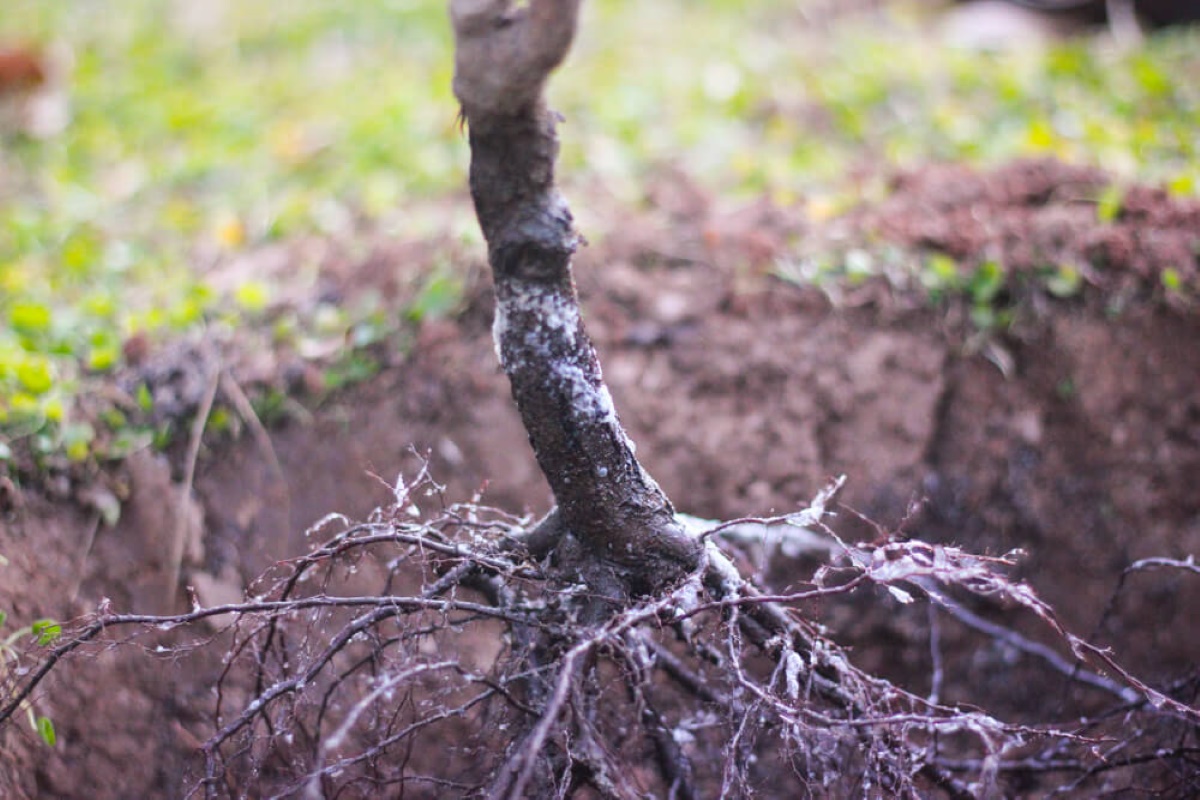
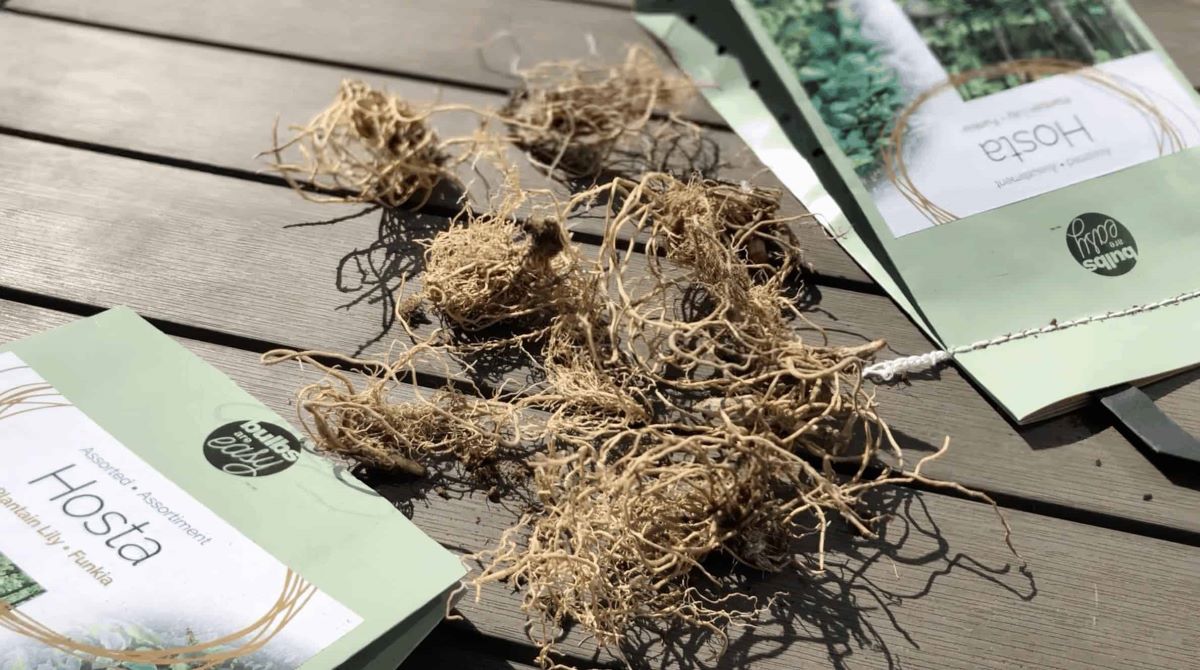
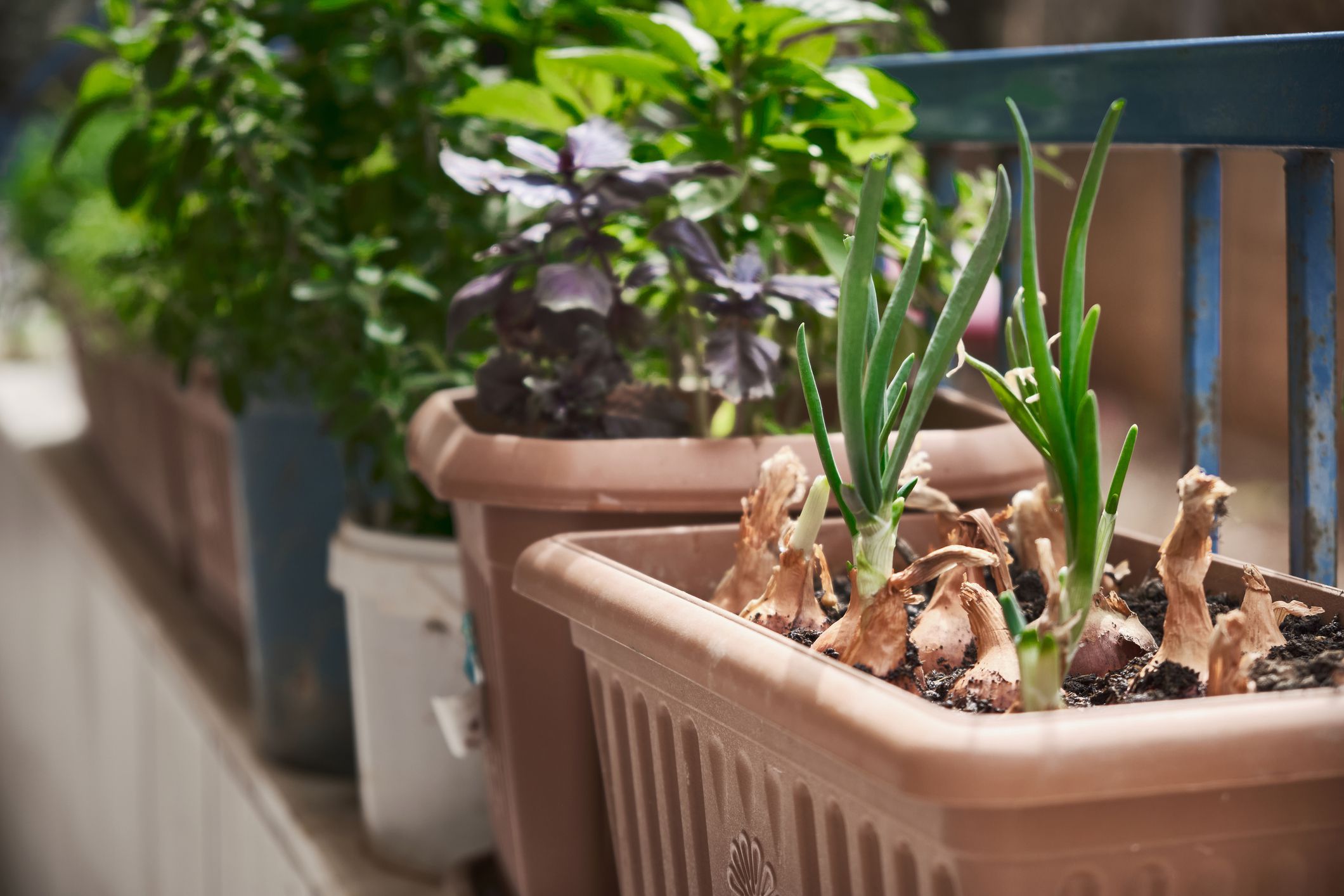
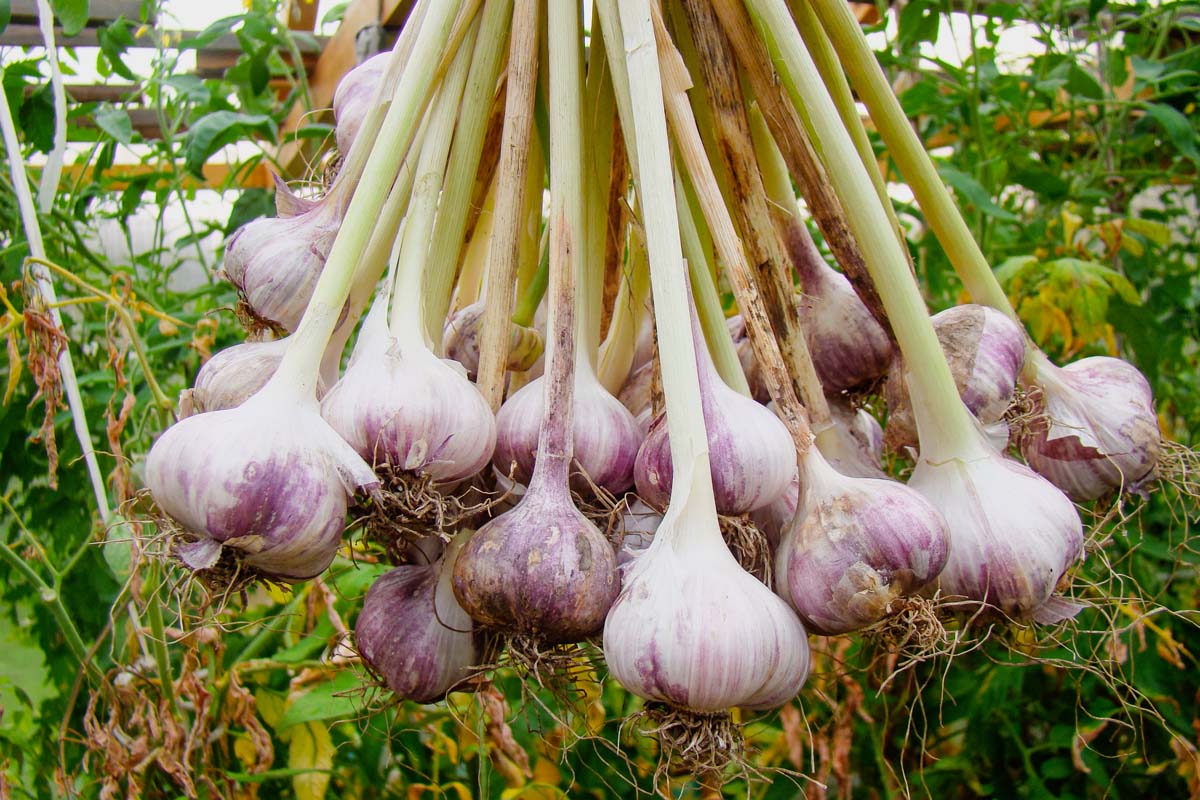
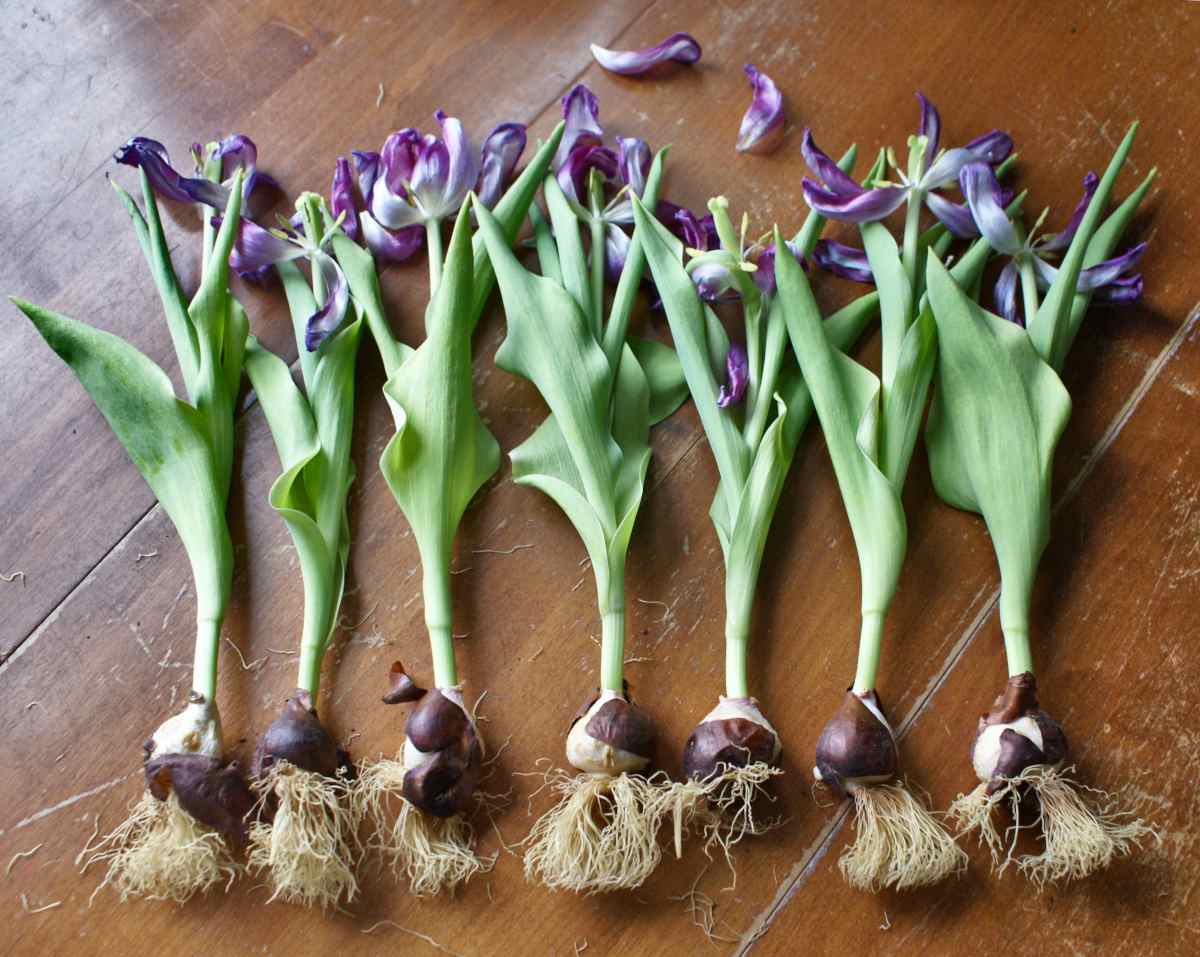
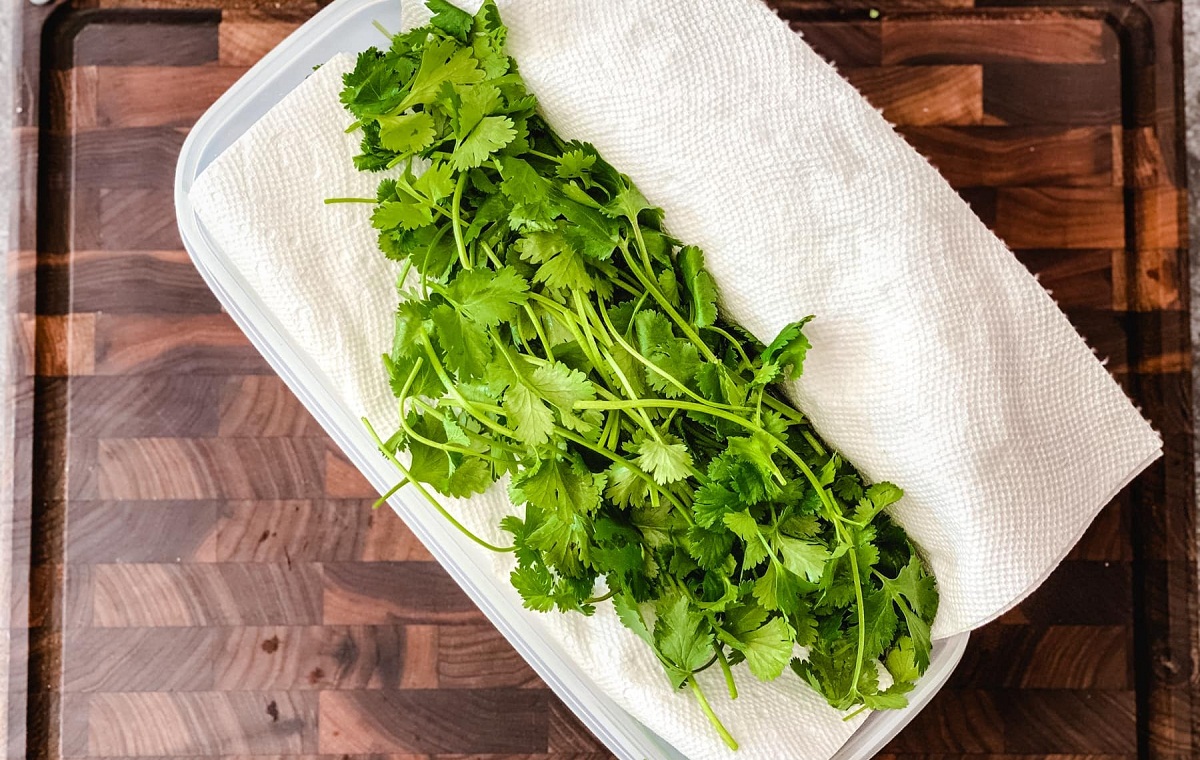
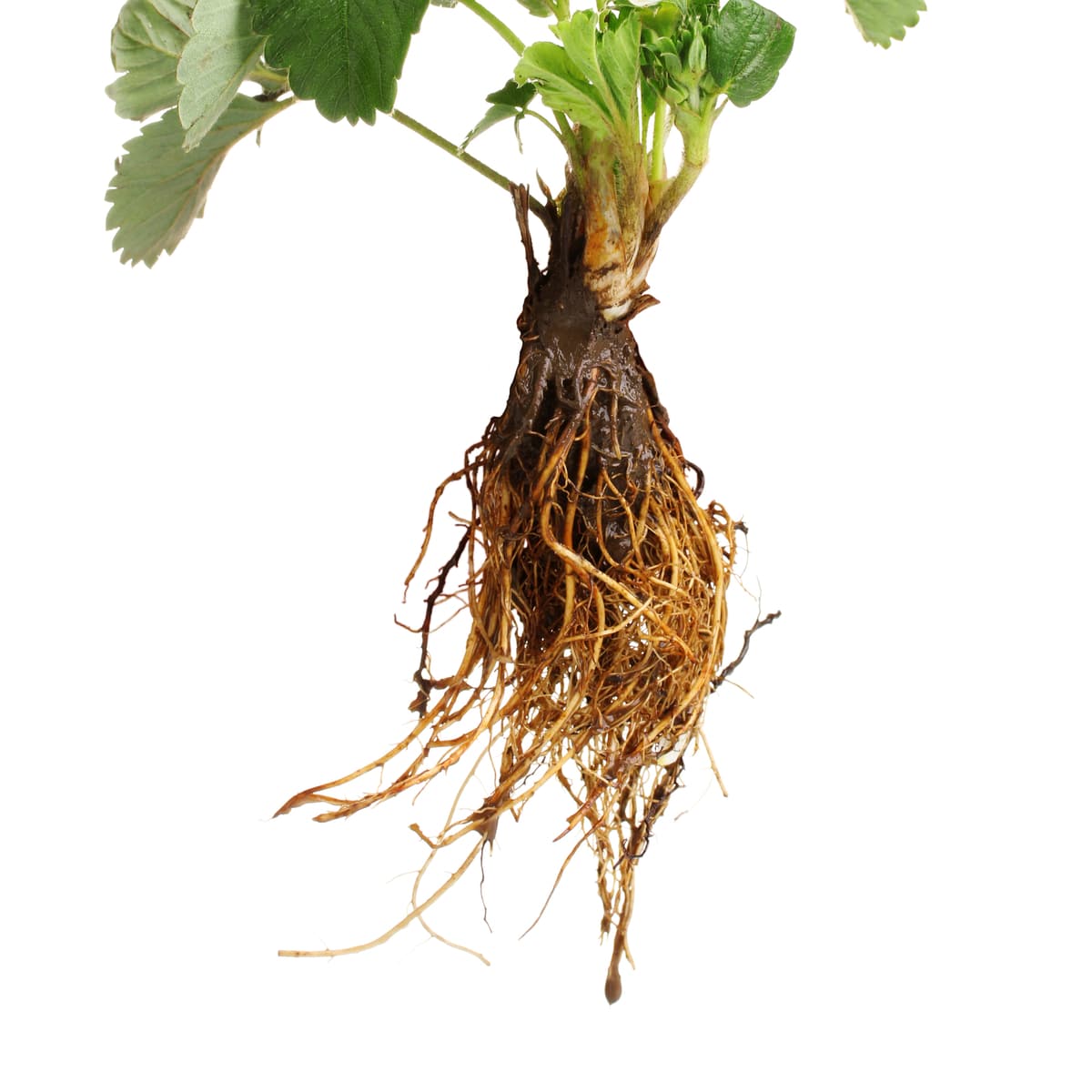
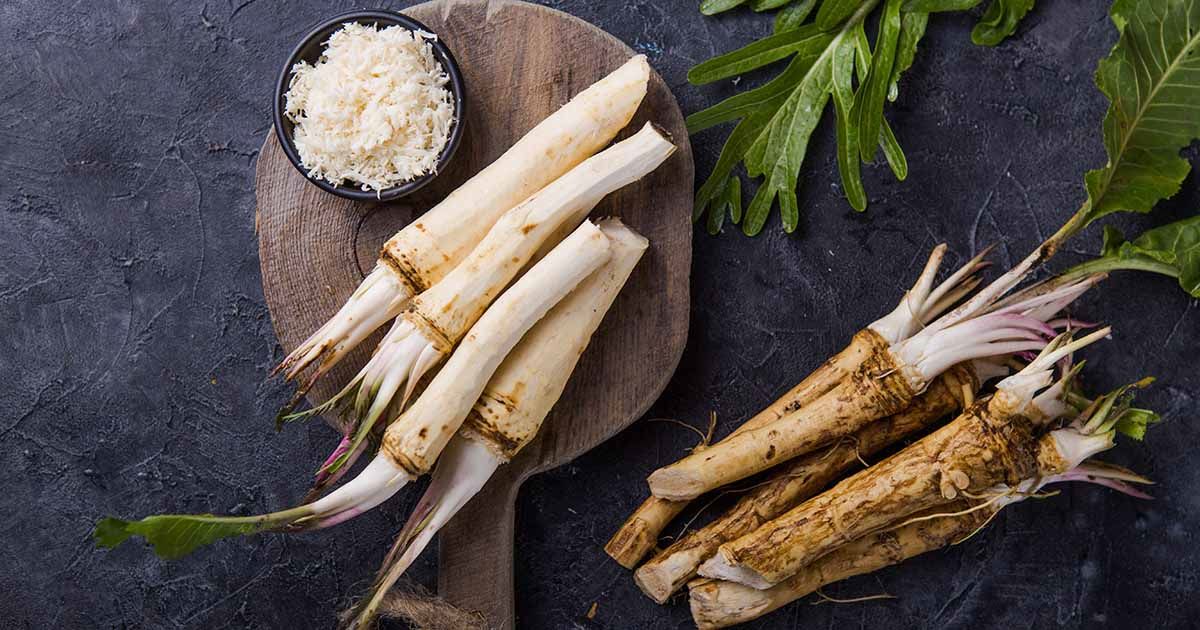
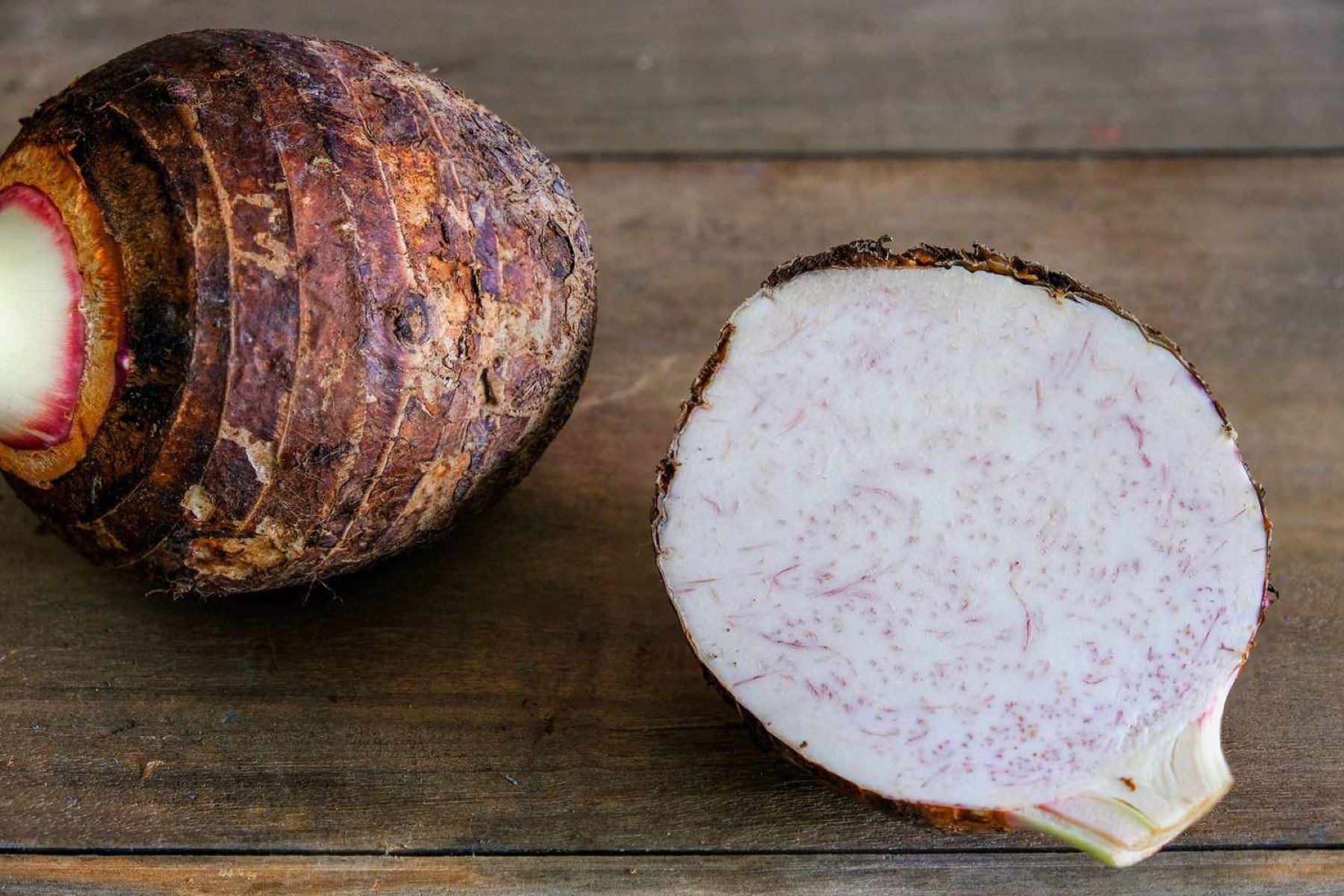
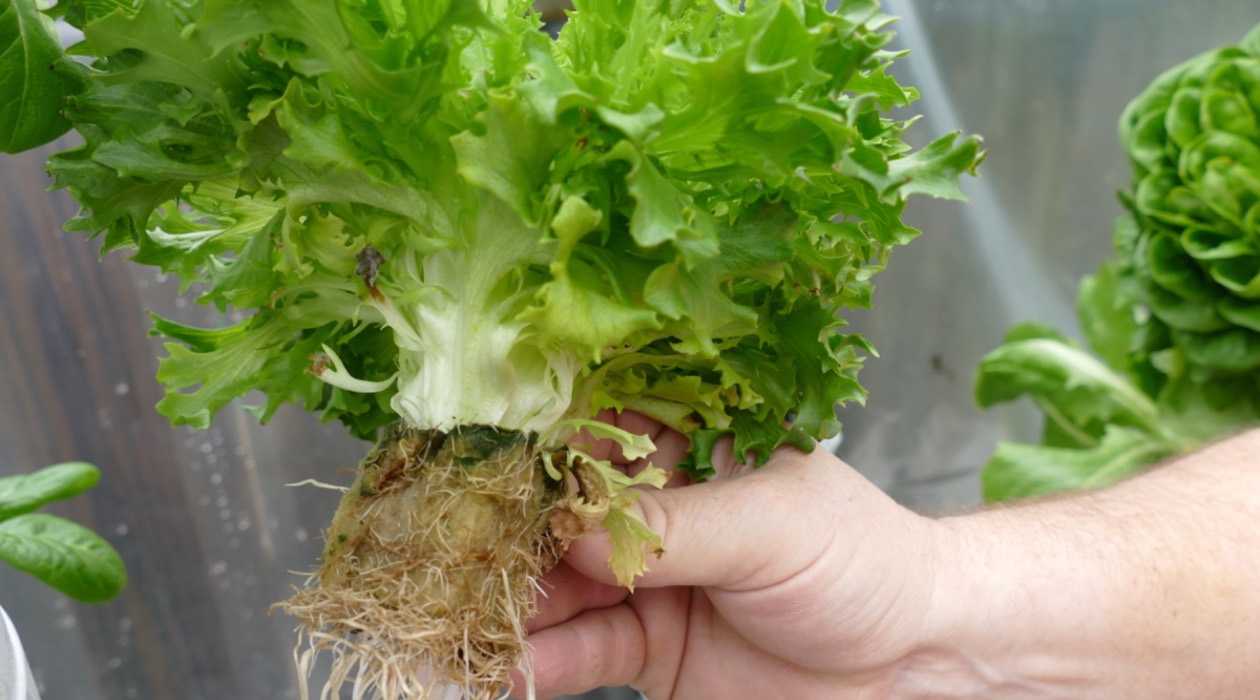
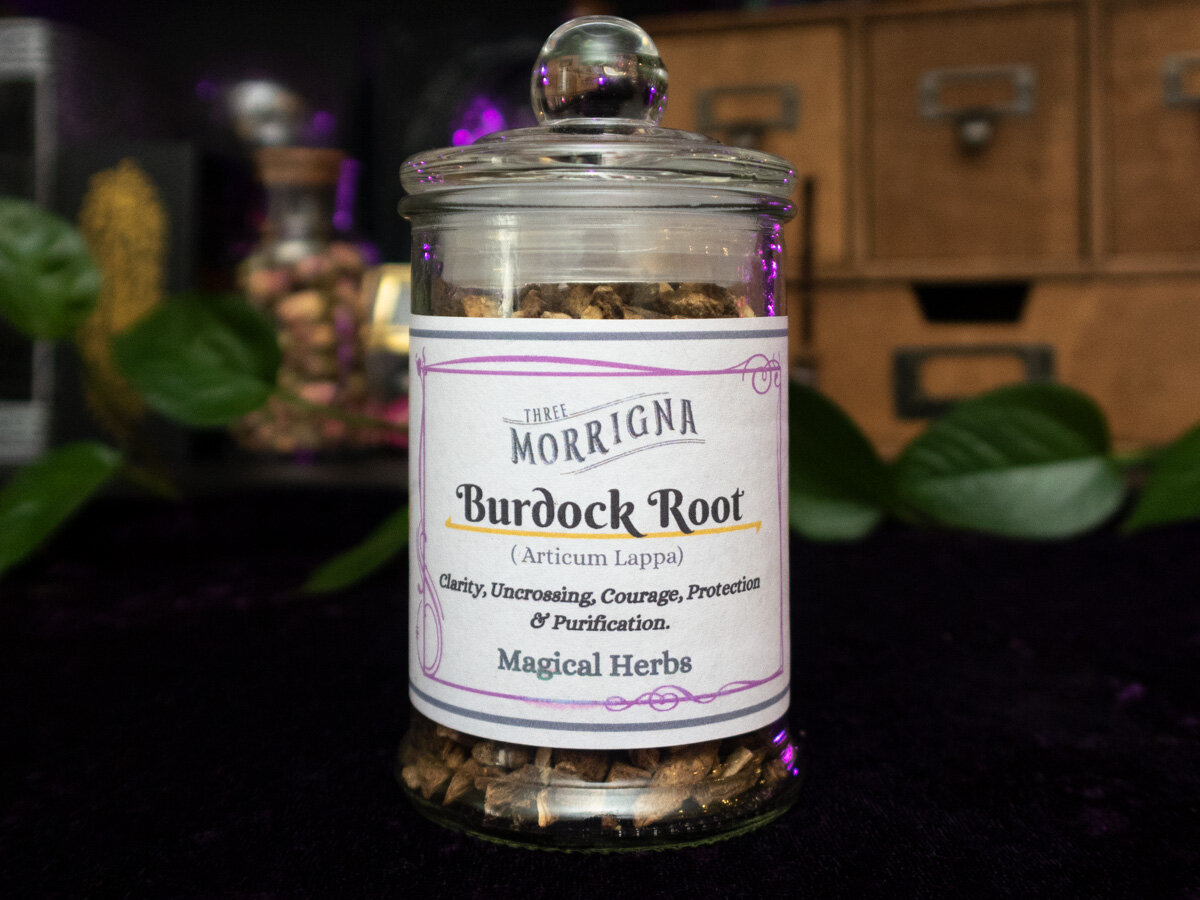
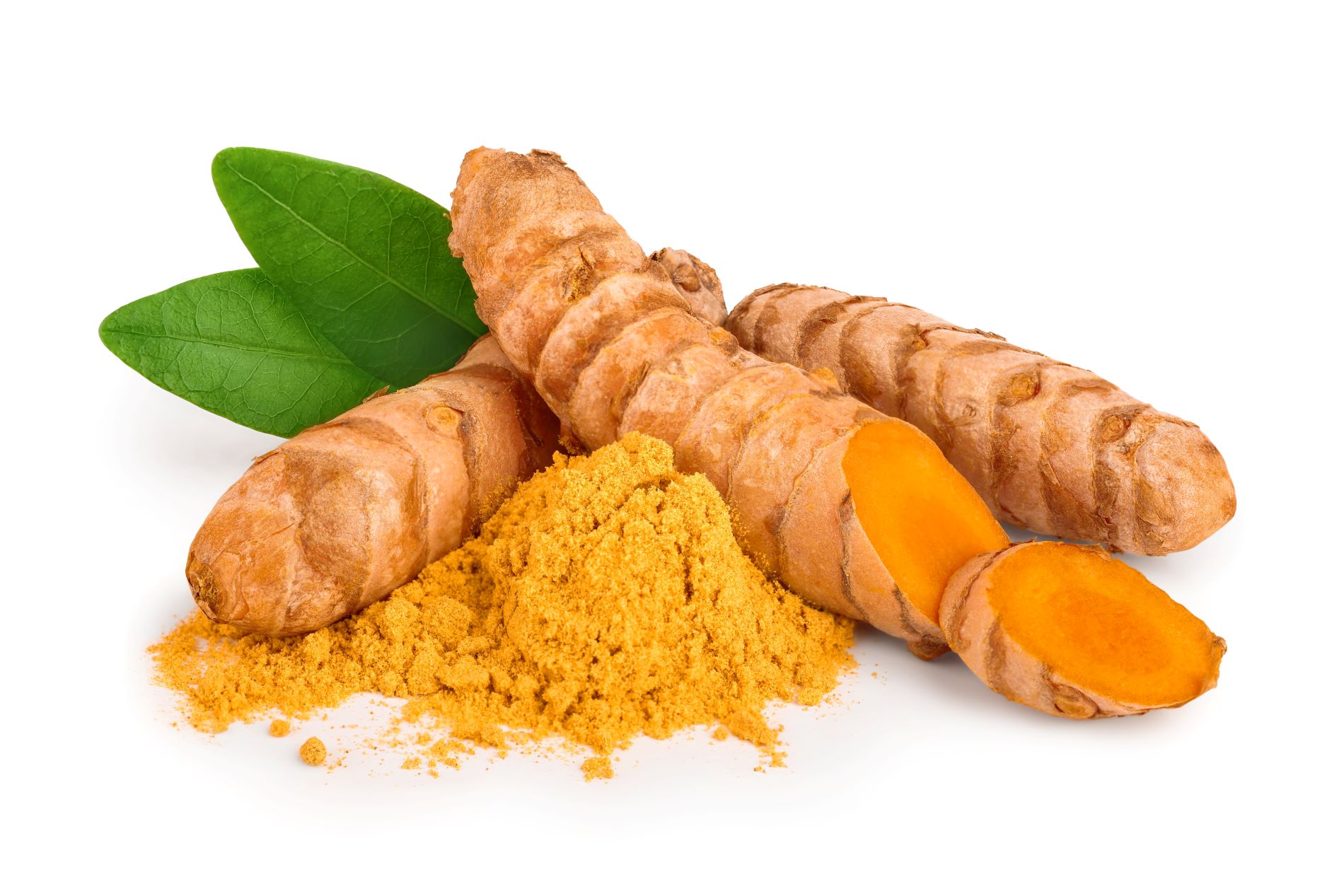
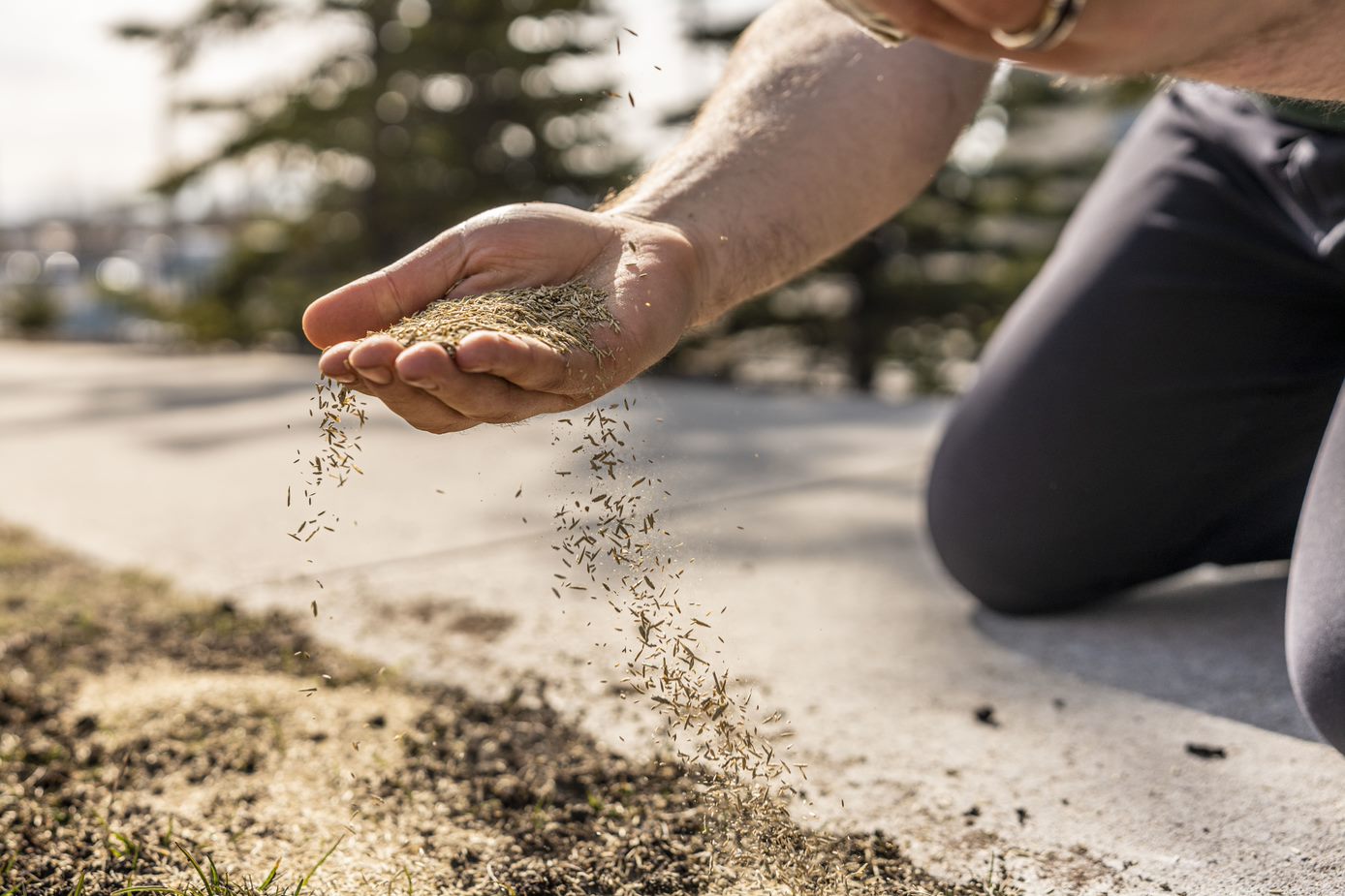
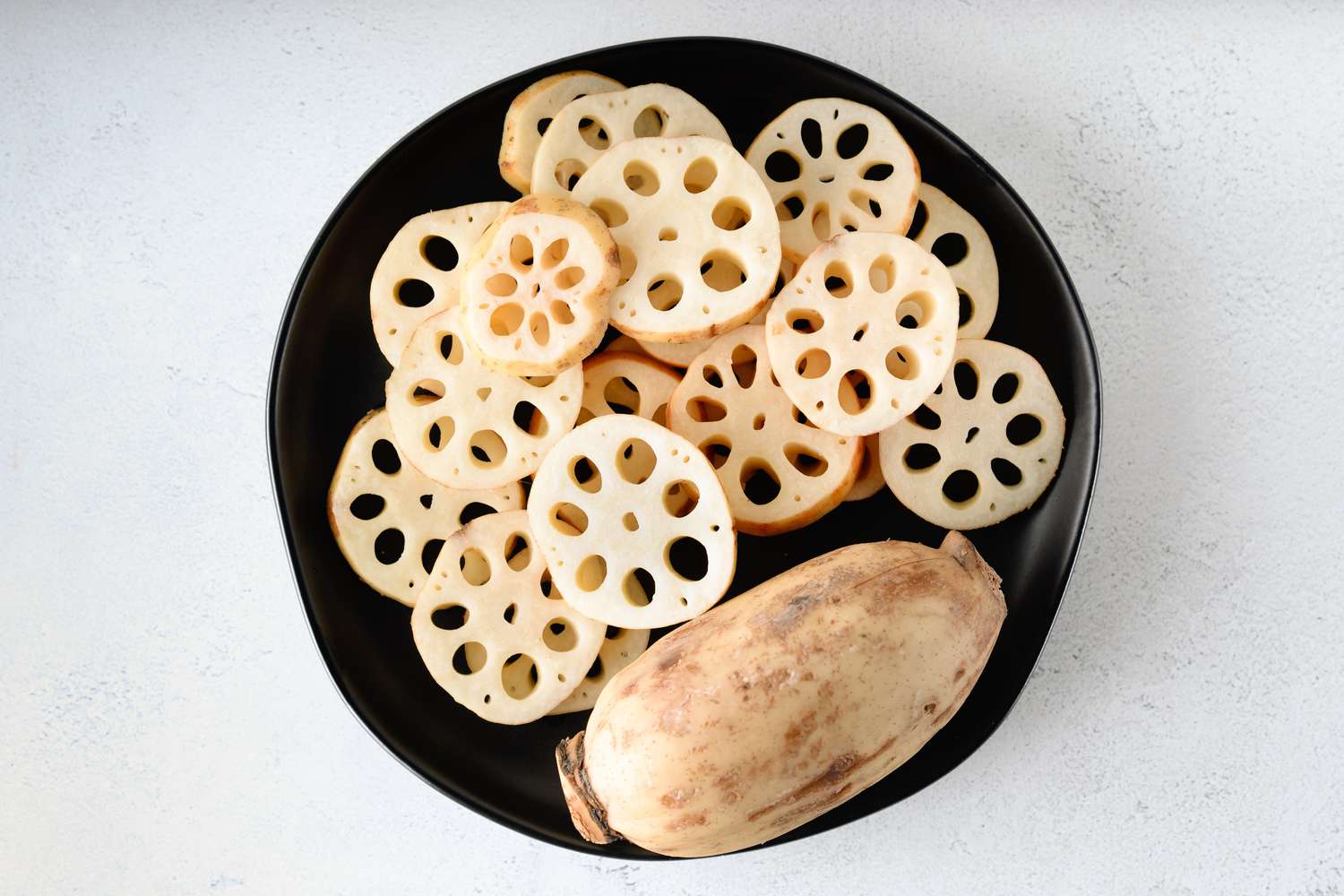

0 thoughts on “How To Store Bare Root Plants Before Planting”